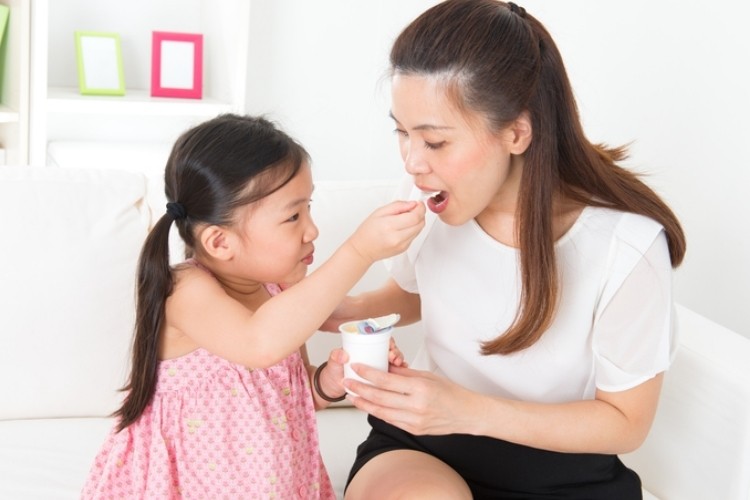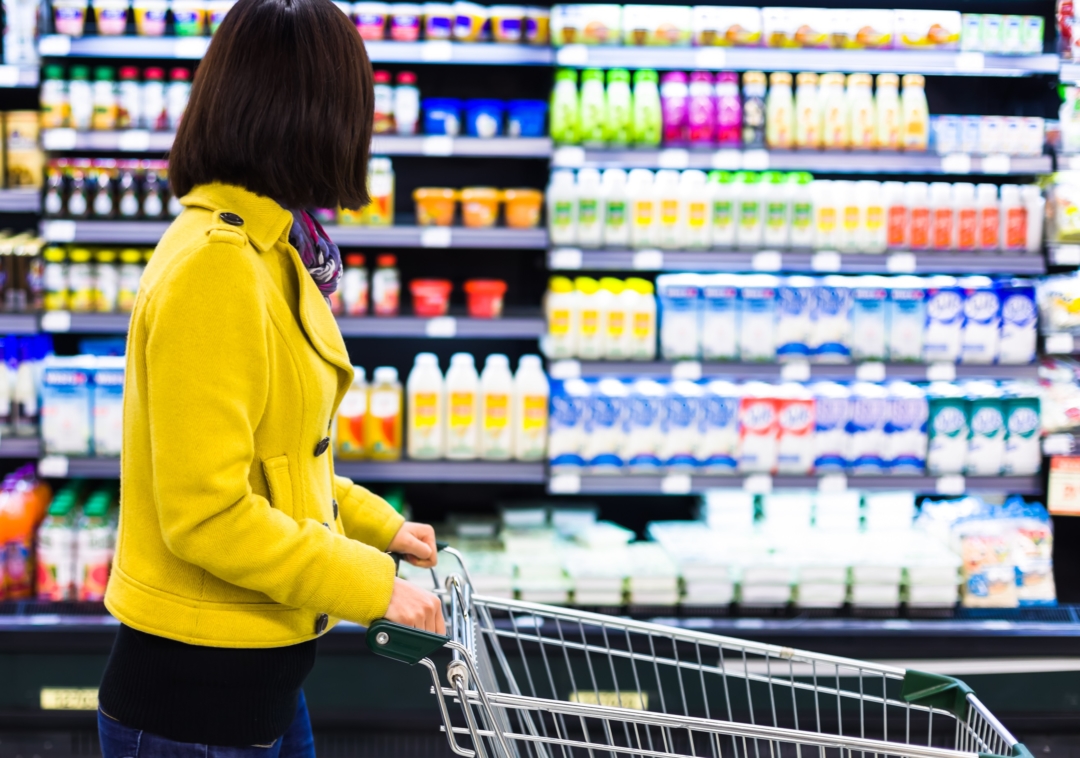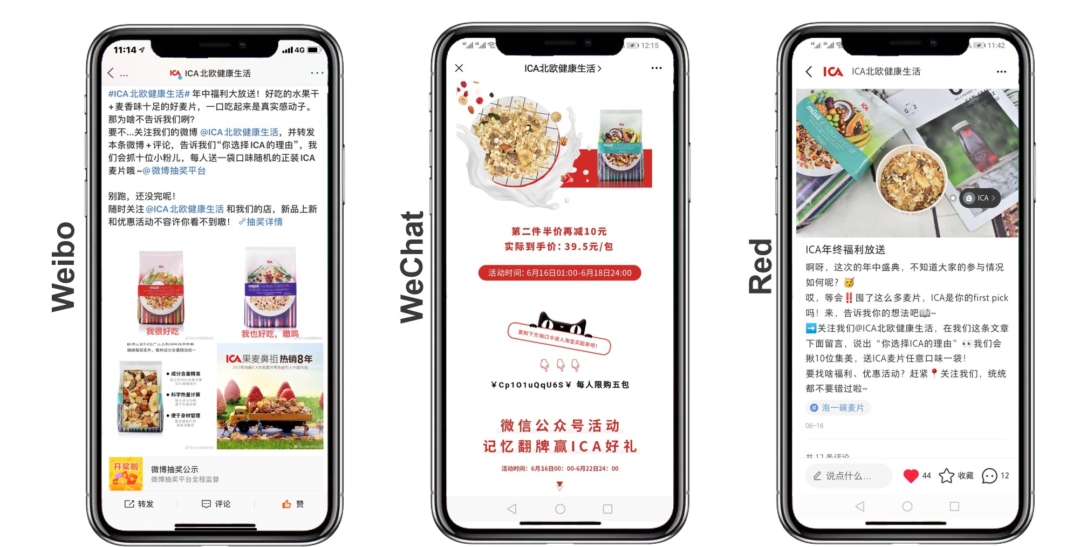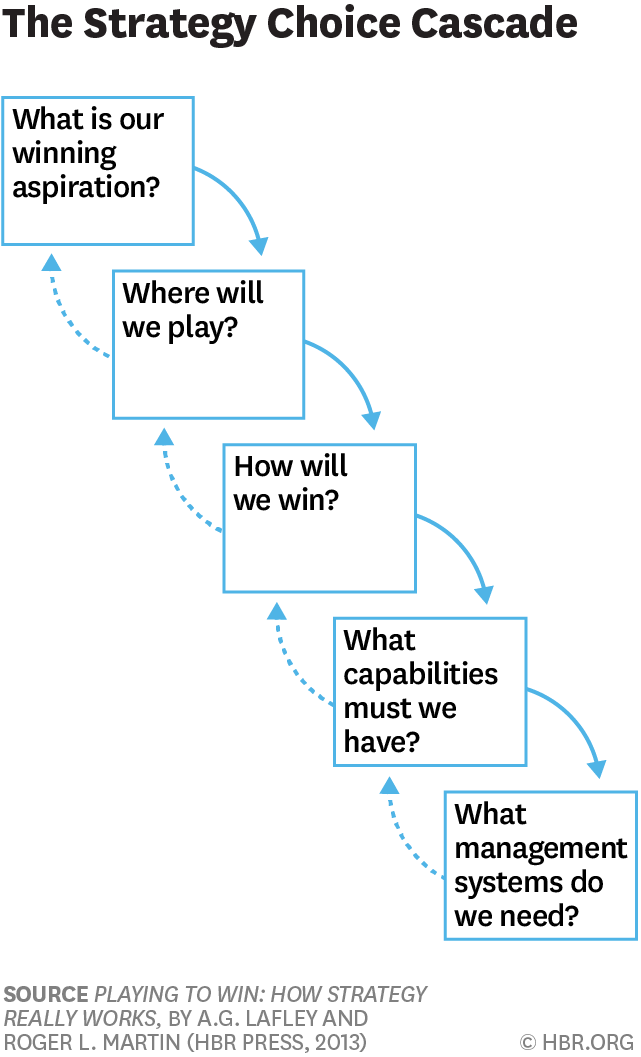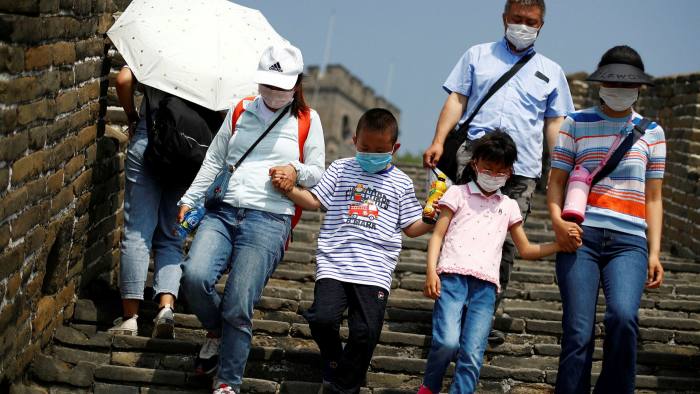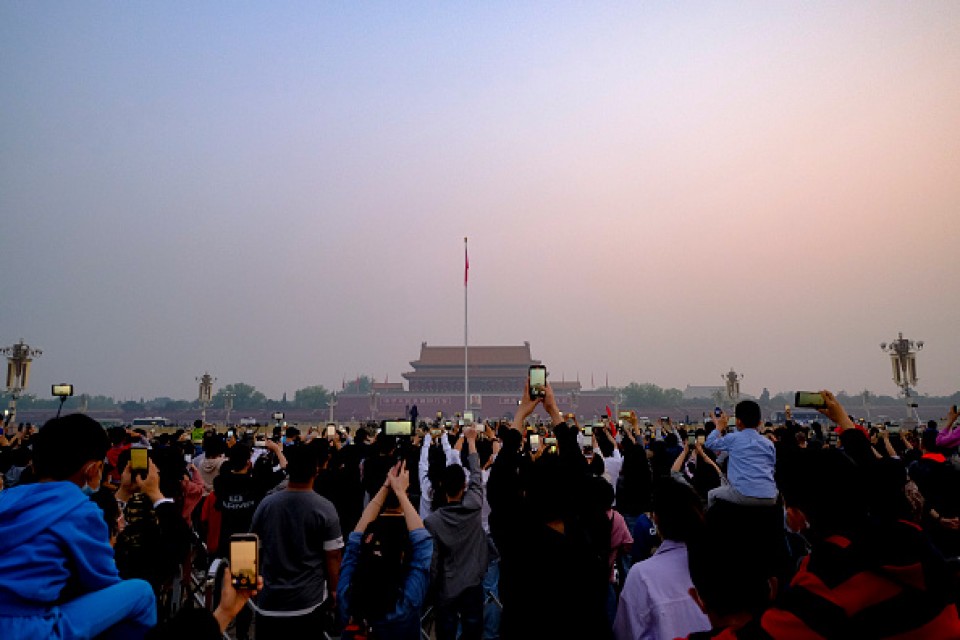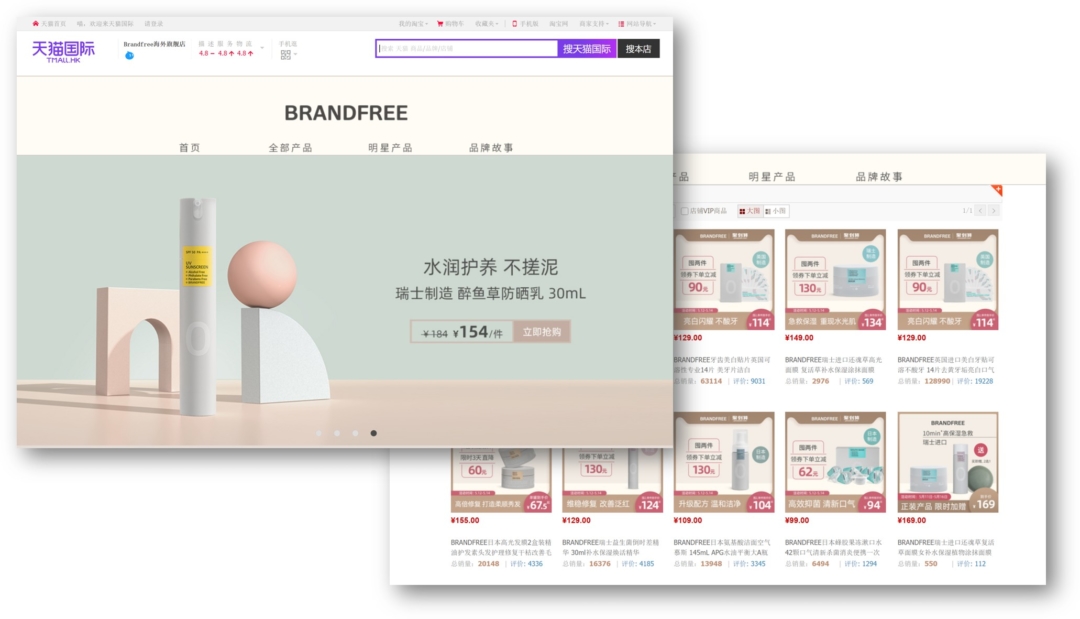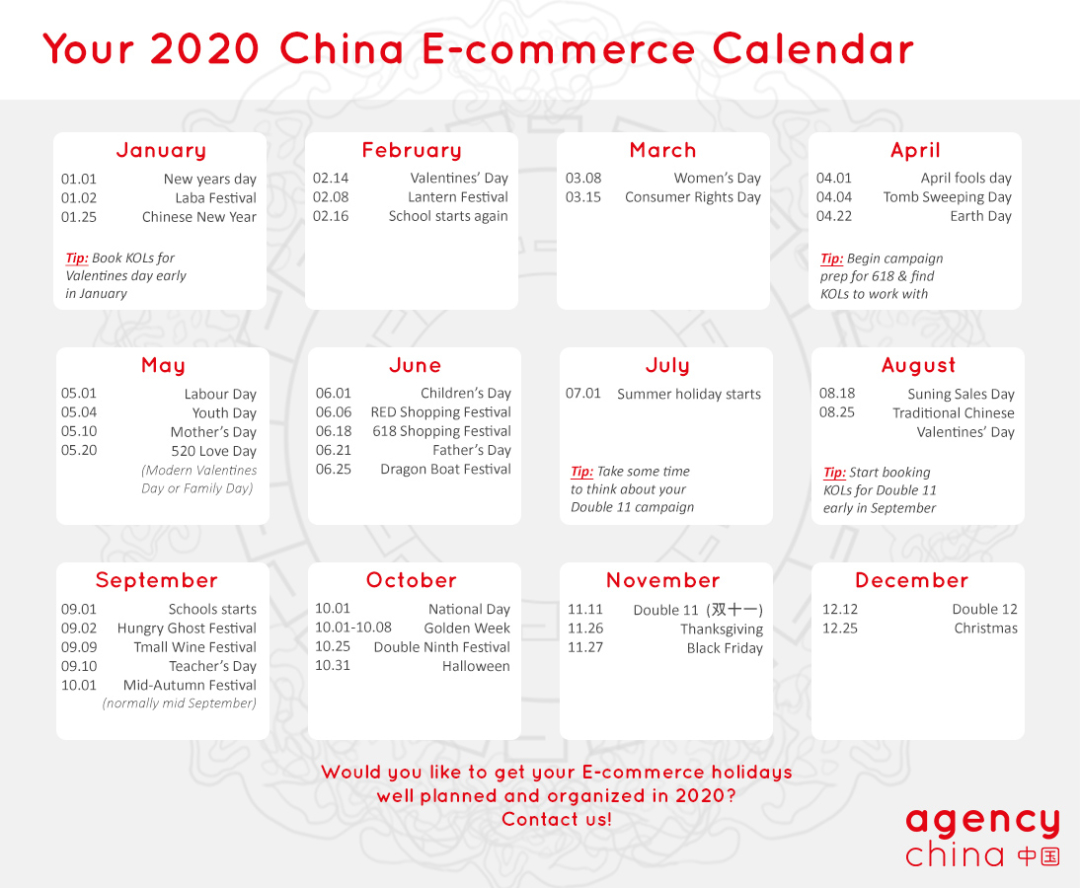At $5.8 trillion last year, China has the second-largest retail market in the world. We’ve dedicated ourselves to helping domestic and international brands unlock this opportunity. This means keeping abreast of key changes in channel and marketing mix.
As you may have seen, one of our focus areas this year is cross-border e-commerce. Cross-border e-commerce in China holds a specific distinction. International companies are allowed to sell certain goods to Chinese consumers online, through platforms such as Alibaba’s Tmall Global and Kaola, at preferential duty rates and without a license to operate a business in China. As you can imagine, that’s a significant reduction in red tape. It also lowers the cost of doing business with China.
We’ve published on cross-border e-commerce trends, launching on cross-border e-commerce and our annual e-commerce calendar.
We’re excited to present readers with a new channel, Pinduoduo for China cross-border e-commerce.
What is Pinduoduo?

In terms of market capitalization and user scale, Pinduoduo is China’s second-largest e-commerce platform in China. Pinduoduo has 683 million active buyers in the last twelve months.
Pinduoduo has taken the lead on several new trends, including social e-commerce, team purchase, and consumer-to-manufacturer demand models (C2M). Each of these have shown great promise in China. You can find more about these initiatives through an instructional video here.
Pinduoduo’s main attraction is that has a significant number of users in China’s lower-tier cities, who are likely to increase their spending on online goods. Given the cities they are located in, this group of consumers is also likely to have limited physical access to international brands. Here, e-commerce is the great equalizer – allowing these consumers in China’s smaller cities to access foreign products.
What Makes Pinduoduo’s Cross-Border E-commerce Different?
To encourage its users to spend more and buy a wider range of goods on their platform, Pinduoduo has decided to enter cross-border e-commerce. Pinduoduo’s cross-border e-commerce offer is called Duoduo International.
The platform has adopted an attractive “0 commission, 0 deductions” model to attract overseas brands. That substantially reduces the costs of setting up in China.
In addition, to help new brands increase sales, Duoduo International will offer additional support services, free-of-charge, to get brands familiar with the platform. This includes work on product selection, participation in online marketing activities and day-to-day operations optimization. Of course, the effects of these additional services are amplified if you are working with an e-commerce partner like AgencyChina to help grow your brand on your behalf.
This All Sounds Too Good To Be True. What’s The Catch?
There is no obvious catch. But Duoduo International is still finding its feet. As of February 2020, Multinational F&B giant Nestle and Thai retailer TMG are among the firms waiting for approval to set up their branded presences on Duoduo International. So brands should be prepared for a typical Chinese platform setup phase.
In addition, we’ve heard on the grapevine that Duoduo International currently has a preference for overseas skincare and beauty brands. That’s because Pinduoduo aims to overtake JD in beauty sales this year. That’s an ambitious goal and the platform will need all the help from overseas brands it can get. We’ve already seen SK-II, Estee Lauder, Olay and MAC on the platform.
Will your brand be next?
Entering a platform like Pinduoduo could be a good move for your brand. But proper duediligence with regards to competitors movements in your sector as well as good preparation and product selection will make the difference between success and failure on the platform. To speak to us about market entry through PDD or to add PDD as an additional platform for your brand in China, drop us a note here.





